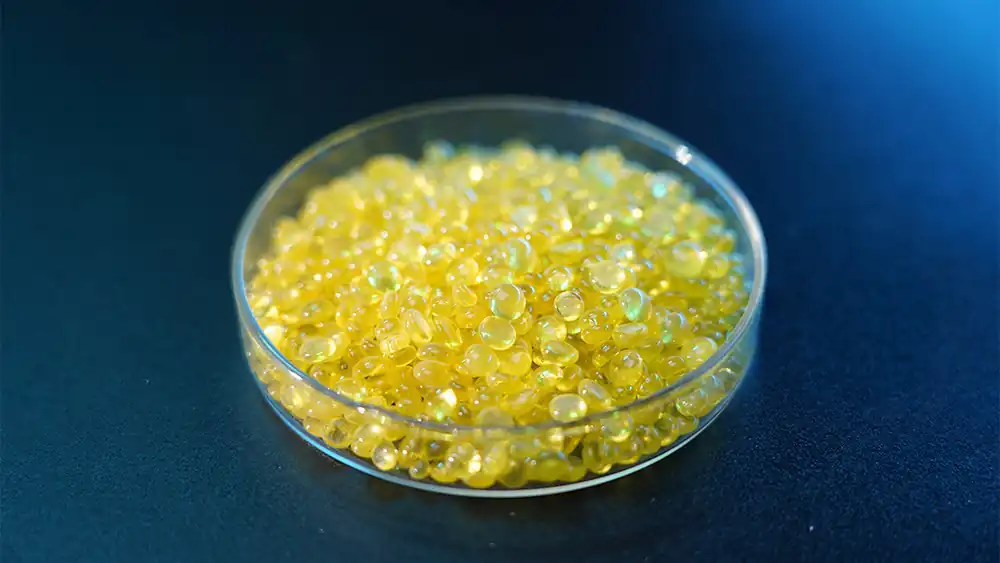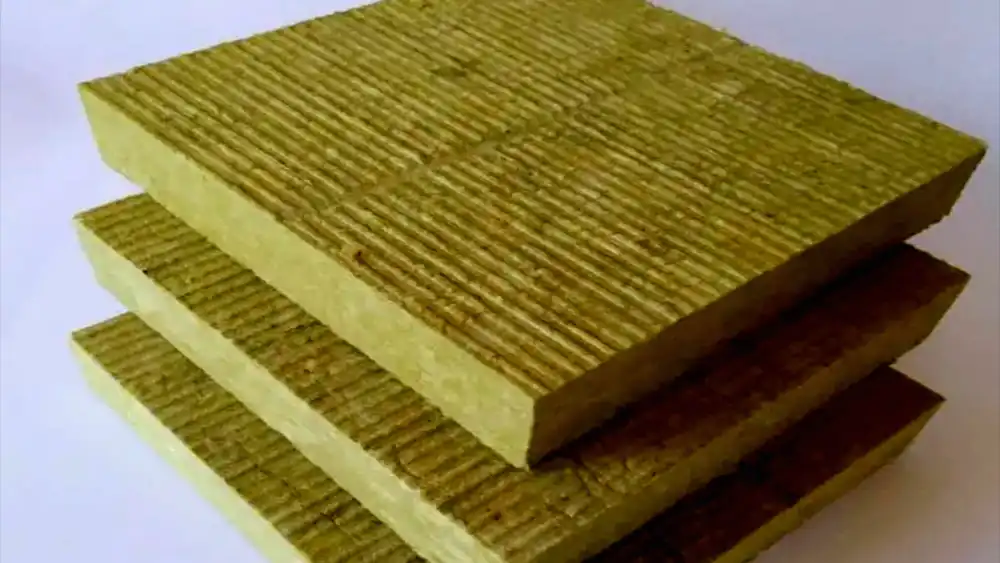Hebei Messi Biology Co., Ltd. states that magnesium carbonate, as an inorganic compound, is often used to improve the physical and chemical properties of phenolic foam during its production and application. Specifically, the role of magnesium carbonate in phenolic foam is mainly reflected in the following aspects:

- As a Blowing Agent: Magnesium carbonate can act as a blowing agent, playing an important role in the foaming process of phenolic resins. Foaming is achieved by generating gas to create a foam structure in the resin, and magnesium carbonate has a certain reactivity. Under high-temperature conditions, magnesium carbonate decomposes and releases carbon dioxide gas. This carbon dioxide gas forms bubbles within the resin system, thereby promoting the formation of a foam structure in the resin, resulting in foam with good thermal insulation and shock absorption properties. This effect of magnesium carbonate directly affects the volume and uniformity of the foam.

- 2. Adjusting Foam Structure and Porosity: The addition of magnesium carbonate can regulate the foam structure and porosity of the foam. By adjusting the amount of magnesium carbonate and the reaction conditions, the size, uniformity, and distribution of the foam can be controlled, thereby affecting the density and mechanical properties of the final foam. Different porosities will directly affect the material’s thermal insulation, compressive strength, and other physical properties. Typically, higher magnesium carbonate content may lead to larger pores but will result in lower strength and stability of the foam. Therefore, in practical applications, it is necessary to precisely control the amount of magnesium carbonate added to obtain the desired foam structure.
- 3. Enhancing Thermal Stability: Phenolic foam needs to have good thermal stability when used in some high-temperature environments. Magnesium carbonate, as an inorganic filler, has high thermal stability, which can effectively improve the high-temperature resistance of phenolic foam. Specifically, the decomposition temperature of magnesium carbonate is relatively high, usually above 450°C. When the foam is used at high temperatures, magnesium carbonate can prevent premature decomposition of the resin, thereby maintaining the stability of the foam. Furthermore, the magnesium oxide (MgO) formed during the decomposition of magnesium carbonate itself will enhance the thermal stability of the material.
- 4. Improving Fire Resistance: Magnesium carbonate not only improves the thermal stability of the foam but also enhances its fire resistance. In high-temperature fire situations, phenolic foam is prone to burning or producing harmful gases. Magnesium carbonate, through the carbon dioxide gas produced by its decomposition, can play a flame-retardant role. The carbon dioxide gas can form a certain isolation layer between the fire source and the material, reducing the supply of oxygen and thereby slowing the spread of the fire. In addition, magnesium oxide (MgO) has a high melting point and can act as a barrier to reduce the damage of fire to the foam structure.
- 5. Improving Mechanical Properties: Magnesium carbonate, as a filler, plays a role in enhancing the mechanical properties of the material in phenolic foam. After adding an appropriate amount of magnesium carbonate, the compressive strength and impact resistance of the foam can be improved. This is mainly because magnesium carbonate itself has high hardness, which can improve the internal structure of the foam and enhance its resistance to deformation. In applications in construction, automobiles, and others requiring high-strength materials, the addition of magnesium carbonate can make phenolic foam more resistant to pressure and impact, extending its service life.
- 6. Enhancing UV Resistance: Ultraviolet (UV) radiation has a destructive effect on many materials, especially on certain organic polymers such as phenolic resins. Long-term exposure to ultraviolet light may cause aging, yellowing, embrittlement, and other phenomena in phenolic resins. Magnesium carbonate, as an inorganic material, has good UV resistance, which can effectively improve the UV resistance of phenolic foam. By surface modifying the resin or adding an appropriate amount of magnesium carbonate, damage to the foam from ultraviolet light can be significantly reduced, maintaining its appearance and performance, especially in outdoor or direct sunlight environments.
- 7. Improving Environmental Performance: Magnesium carbonate is a natural inorganic material, and its production process is relatively environmentally friendly. Using magnesium carbonate in phenolic foam to replace some organic blowing agents or additives can reduce the use of toxic and harmful substances, thereby improving the environmental friendliness of the foam. For example, the decomposition process of magnesium carbonate does not produce gases harmful to the environment but instead produces non-toxic carbon dioxide gas and magnesium oxide. Therefore, phenolic foam using magnesium carbonate is more suitable for green buildings and other areas with high environmental requirements.
- 8. Reducing Production Costs: Magnesium carbonate is a relatively inexpensive inorganic material. Compared to other expensive blowing agents or reinforcing materials, the use of magnesium carbonate can effectively reduce the production costs of phenolic foam. In addition, the use of a small amount of magnesium carbonate can produce significant effects, allowing the foam to meet performance requirements while reducing raw material costs and enhancing market competitiveness.
